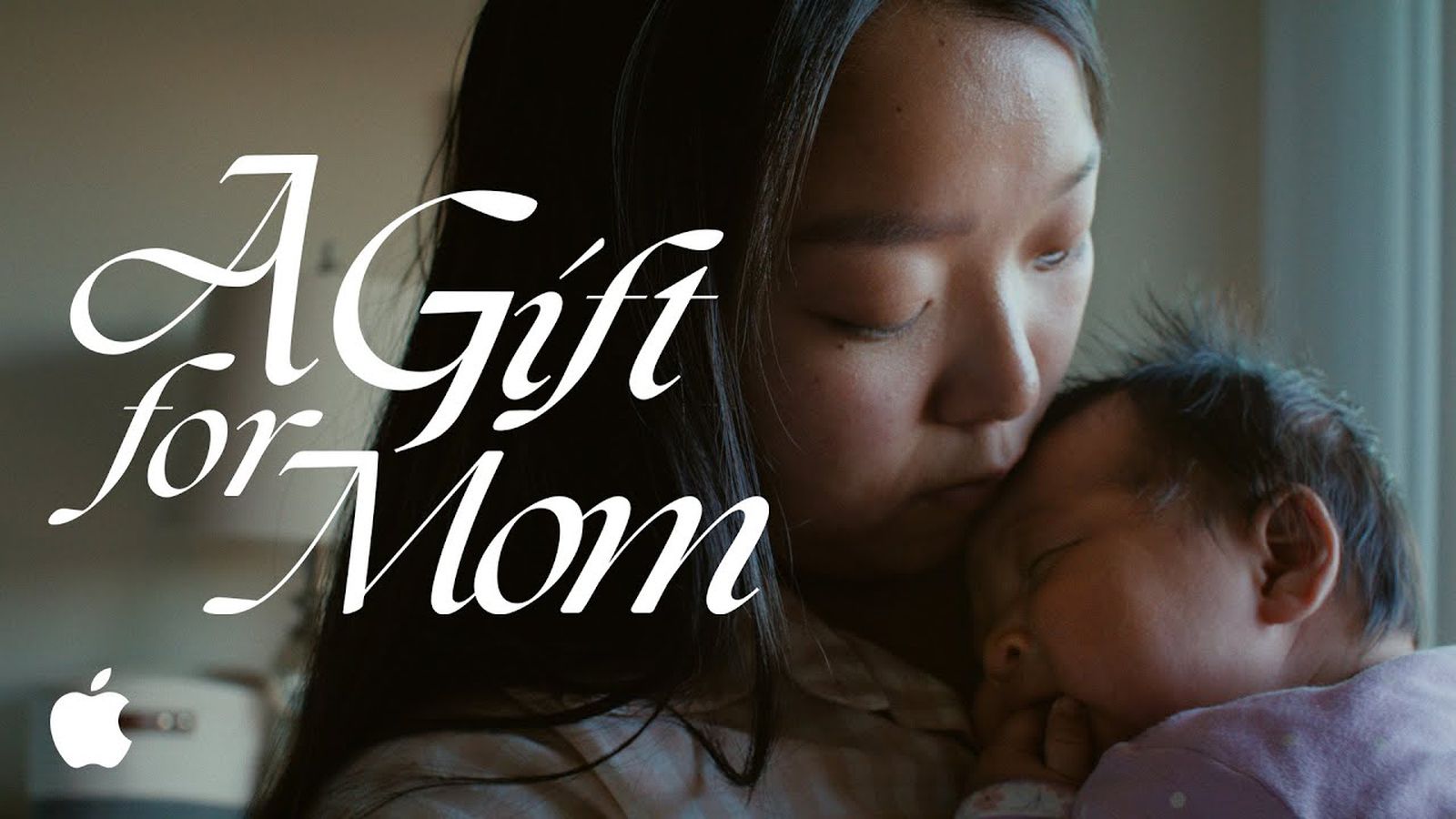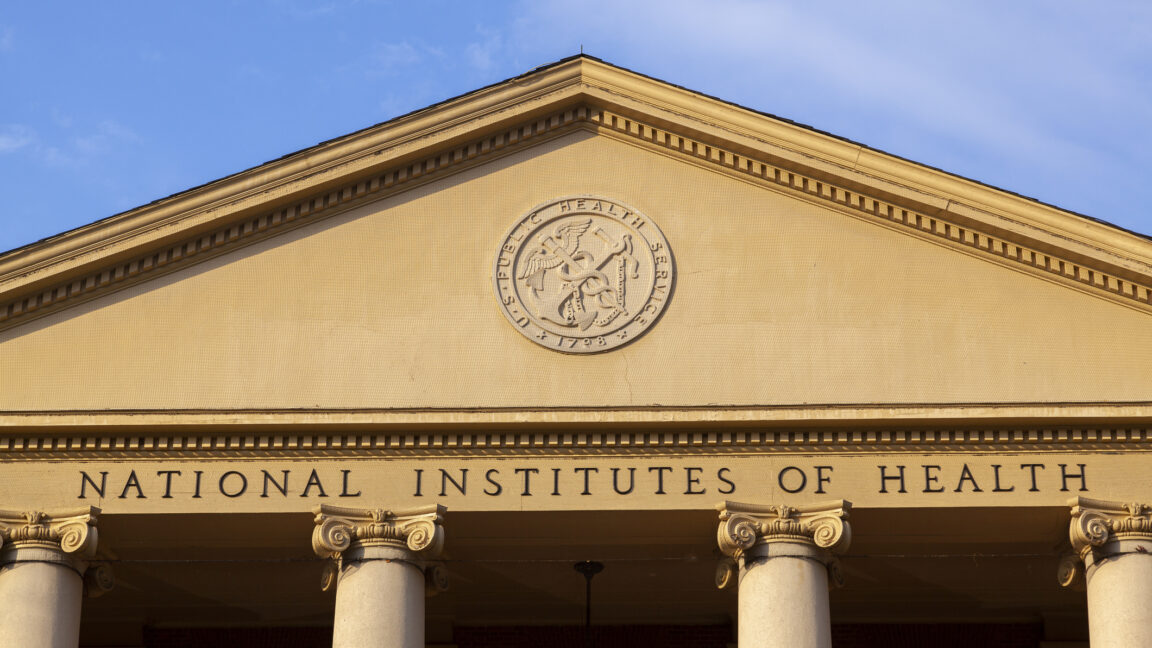Newborns living near trees tend to be healthier and new data suggests it’s not because healthier people reside near parks
Newborns Living Near Trees Tend to Be Healthier. New Data Suggests It’s Not Because Healthier People Reside Near Parks. The link between proximity to greenspace — including trees and parks— and healthy birth outcomes is well established. Now new data from researchers at Drexel University’s Dornsife School of Public Health adds to our understanding of these health benefits, accounting for other factors that may influence this link, such as education, income and body mass index, but also taking the body of knowledge a step further by exploring the effect of residing near newly planted trees. drexel.edu TL;DR: A Drexel University study dug into data from Portland, Oregon—tracking over 36,000 trees planted between 1990–2020—and found that mothers living within 100 meters of newly planted trees tend to have heavier, healthier babies. After controlling for factors like income, education and BMI, researchers saw each new tree bump birthweight by about 2.3 grams; hanging out near ten or more trees equated to a roughly 50-gram gain, plus lower risks of pre-term and small-for-gestational-age births. What’s cool is that this goes beyond just big old parks: even new saplings make a difference, hinting that planting trees is a simple, low-cost public-health win. Established trees also helped buffer road-density effects (think less noise and pollution), and the team thinks part of the benefit comes from the stress-busting “soft fascination” of green surroundings. The authors call for randomized trials, but treating tree-planting as a natural experiment already makes a strong case that more greenery = healthier starts to life.

TL;DR: A Drexel University study dug into data from Portland, Oregon—tracking over 36,000 trees planted between 1990–2020—and found that mothers living within 100 meters of newly planted trees tend to have heavier, healthier babies. After controlling for factors like income, education and BMI, researchers saw each new tree bump birthweight by about 2.3 grams; hanging out near ten or more trees equated to a roughly 50-gram gain, plus lower risks of pre-term and small-for-gestational-age births.
What’s cool is that this goes beyond just big old parks: even new saplings make a difference, hinting that planting trees is a simple, low-cost public-health win. Established trees also helped buffer road-density effects (think less noise and pollution), and the team thinks part of the benefit comes from the stress-busting “soft fascination” of green surroundings. The authors call for randomized trials, but treating tree-planting as a natural experiment already makes a strong case that more greenery = healthier starts to life.

_Sergey_Tarasov_Alamy.jpg?width=1280&auto=webp&quality=80&disable=upscale#)






































































![Apple Shares Official Trailer for 'Stick' Starring Owen Wilson [Video]](https://www.iclarified.com/images/news/97264/97264/97264-640.jpg)


![Beats Studio Pro Wireless Headphones Now Just $169.95 - Save 51%! [Deal]](https://www.iclarified.com/images/news/97258/97258/97258-640.jpg)














































































































 Evolved as a Predominant Framework for Ransomware Attacks.webp?#)

























































































































![[The AI Show Episode 146]: Rise of “AI-First” Companies, AI Job Disruption, GPT-4o Update Gets Rolled Back, How Big Consulting Firms Use AI, and Meta AI App](https://www.marketingaiinstitute.com/hubfs/ep%20146%20cover.png)


































































































































































![[DEALS] The Premium Python Programming PCEP Certification Prep Bundle (67% off) & Other Deals Up To 98% Off – Offers End Soon!](https://www.javacodegeeks.com/wp-content/uploads/2012/12/jcg-logo.jpg)
























-Mafia-The-Old-Country---The-Initiation-Trailer-00-00-54.png?width=1920&height=1920&fit=bounds&quality=70&format=jpg&auto=webp#)


-Nintendo-Switch-2---Reveal-Trailer-00-01-52.png?width=1920&height=1920&fit=bounds&quality=70&format=jpg&auto=webp#)

































































